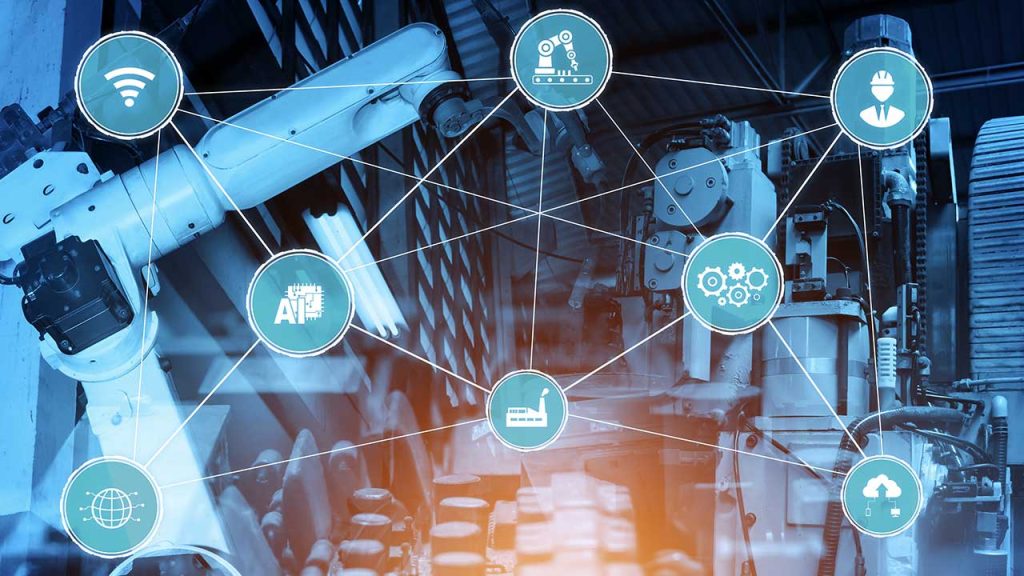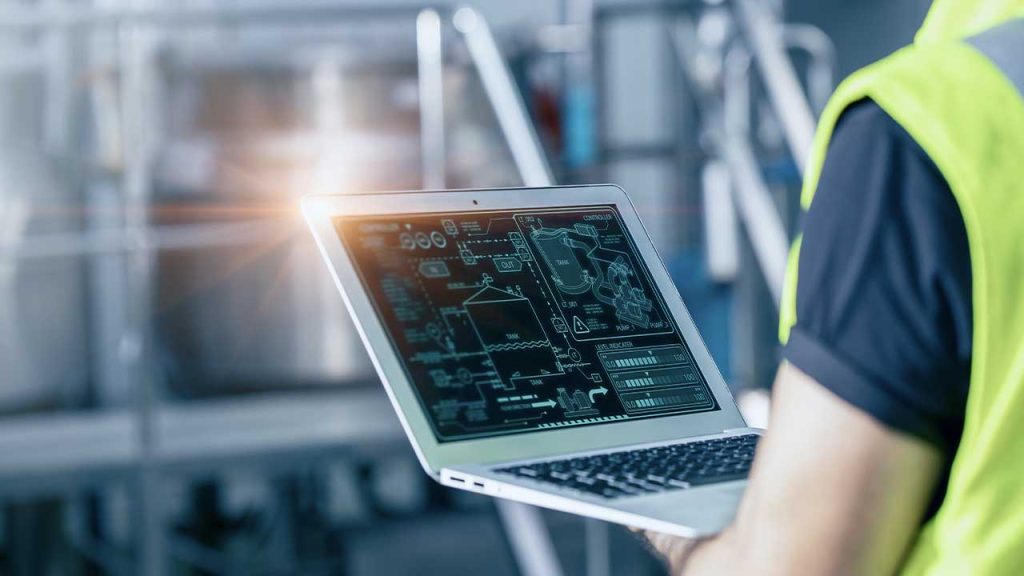When Machines Negotiate: A New Way to Run Manufacturing
Factories today don’t struggle to collect data — they struggle to make sense of it.
Machines measure everything from pressure to vibration, but most of it lacks meaning. Without context, even the most advanced dashboards can’t explain what’s happening on the floor.
That’s starting to change.
A new generation of AI agents at the edge is learning to understand context — the physical and operational conditions around every data point.
This shift is quietly changing how factories make decisions, manage trade-offs, and deliver value.
From Data to Understanding
At the edge — close to where production happens — AI can now interpret not just numbers, but situations.
It knows when a temperature spike is part of a cleaning cycle and when it signals a problem.
It recognizes how a change in material, humidity, or workload affects performance.
This context allows the system to react instantly instead of waiting for human interpretation or central analytics.
Decisions happen where the data is born, saving time and preventing small deviations from turning into downtime.
AI That Works With People
The goal isn’t to replace operators. It’s to help them make faster, better decisions.
Omid Givehchi calls this intelligent autonomy — automation that collaborates with humans rather than taking over.
AI acts as a co-pilot: monitoring every variable, suggesting adjustments, and handling repetitive tasks while operators stay focused on oversight and improvement.
It’s practical, transparent, and keeps humans firmly in command.
When KPIs Cooperate Instead of Compete
Every manufacturer knows the daily tension between energy use, uptime, and quality. Improve one, and the others usually suffer.
AI agents can now change that dynamic.
Each agent represents a key performance indicator — one for energy, one for uptime, one for quality — and they negotiate with each other in real time.
If energy costs rise, the energy agent suggests a slowdown; the uptime agent pushes back; together they find the balance that protects both.
It’s not a spreadsheet exercise — it happens continuously in the background.
The result is smoother operations, lower waste, and measurable gains across all metrics, not just one.
Interoperability Without the Headaches
Modern factories combine decades of technology — old PLCs next to cloud-based systems that don’t speak the same language.
Traditionally, connecting them meant long integration projects.
Context-aware AI agents now handle much of that translation automatically.
They understand both OT and IT environments and can interpret what the data means, not just how it’s formatted.
That’s how integration work that once took months now takes days — freeing engineers to focus on process improvements instead of chasing protocol mismatches.
From Pilots to Payoffs
Manufacturers have had enough of pilots that never scale. The focus has shifted from experimentation to results.
Edge intelligence is delivering ROI because it’s close to the operation: reducing energy use, minimizing downtime, and improving product consistency.
When AI systems are tied directly to measurable outcomes, they stop being “innovation projects” and become part of a standard production strategy.
What This Means for Manufacturers
This new phase of AI adoption isn’t about collecting more data or deploying bigger models.
It’s about making machines capable of understanding trade-offs and context — and doing so fast enough to make a difference.
For manufacturers, that means:
- Fewer interruptions and quicker recovery
- Balanced KPIs without constant manual tuning
- Easier IT/OT integration
- Real ROI from every digital initiative
In simple terms: factories that think a little more like people — aware, responsive, and always learning.
Source: IIoT World CXO Insights interview with Omid Givehchi, Technology Advisor at ATELIC. (October 2025).
Related articles:



